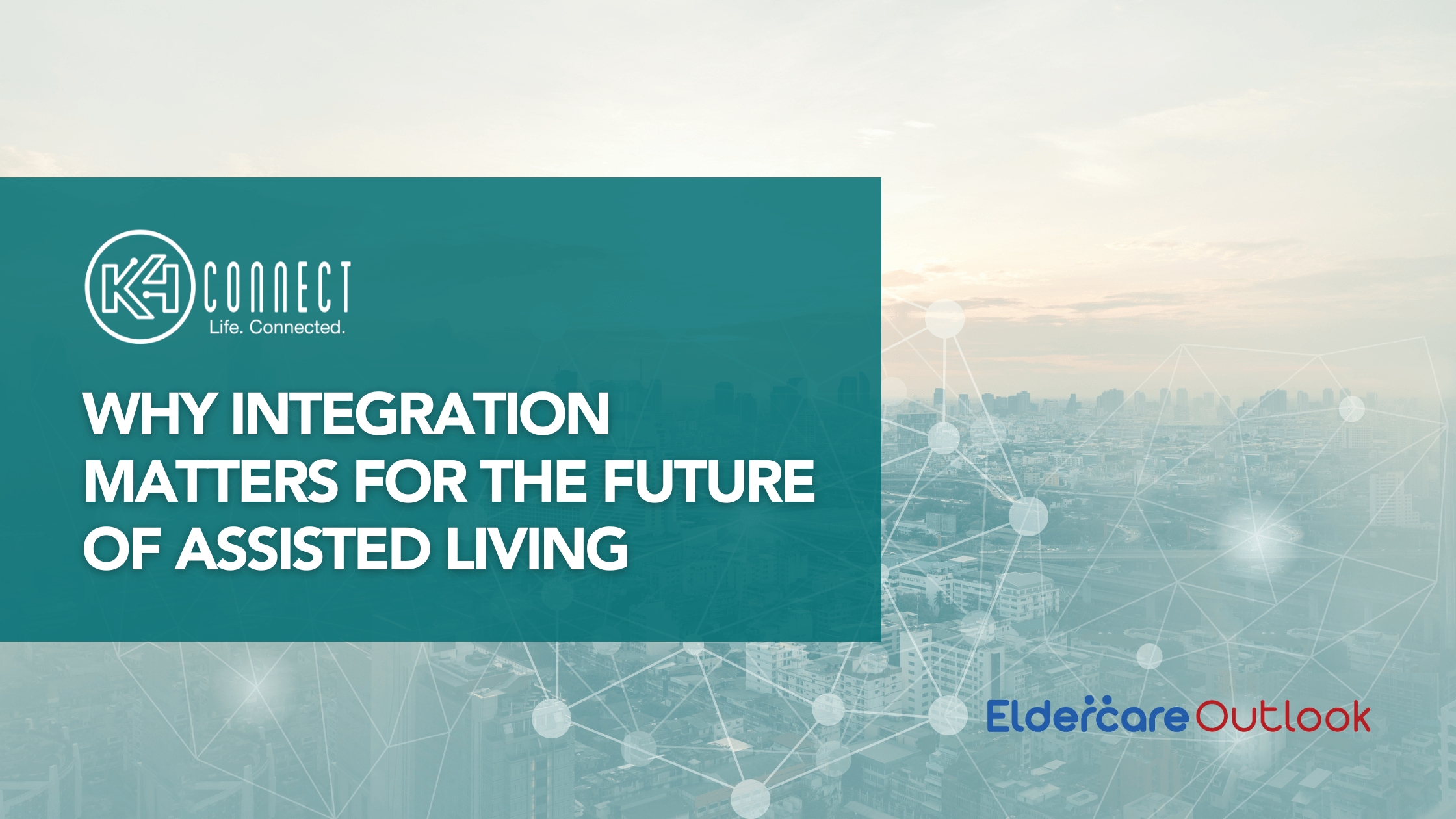Technology adoption in senior living has grown rapidly in recent years. From electronic health records and smart building systems to resident engagement platforms and wearables, communities now rely on a wide range of tools to deliver care and improve quality of life.
But with so many solutions in play, providers are facing a growing challenge: data silos. When systems do not connect, valuable insights are lost, staff face inefficiencies, and it becomes harder to deliver proactive, person-centered care. In his recent article for Eldercare Outlook, our Chief Strategy Officer, Joe Velderman, explores why integration is no longer optional. It is essential for the future of assisted living.
Key Takeaways From The Article
- Technology adoption is accelerating: Communities are adopting more tools than ever to support residents and staff.
- Data silos are limiting progress: Fragmented systems prevent providers from seeing the full picture of resident well-being.
- Integration unlocks efficiency and insights: Centralizing and harmonizing data allows staff to act on real-time information and deliver better care.
- AI depends on connected data: Generative and agentic AI can only reach their potential when built on clean, unified datasets.
- Better outcomes follow integration: Communities that embrace integration can reduce risk, improve efficiency, and enhance resident quality of life.
The Future Is Connected
Joe makes the case that integration is the foundation for future innovation in senior living. By breaking down silos and investing in connected systems, providers can position themselves for long-term success and deliver even greater value to residents and families.

